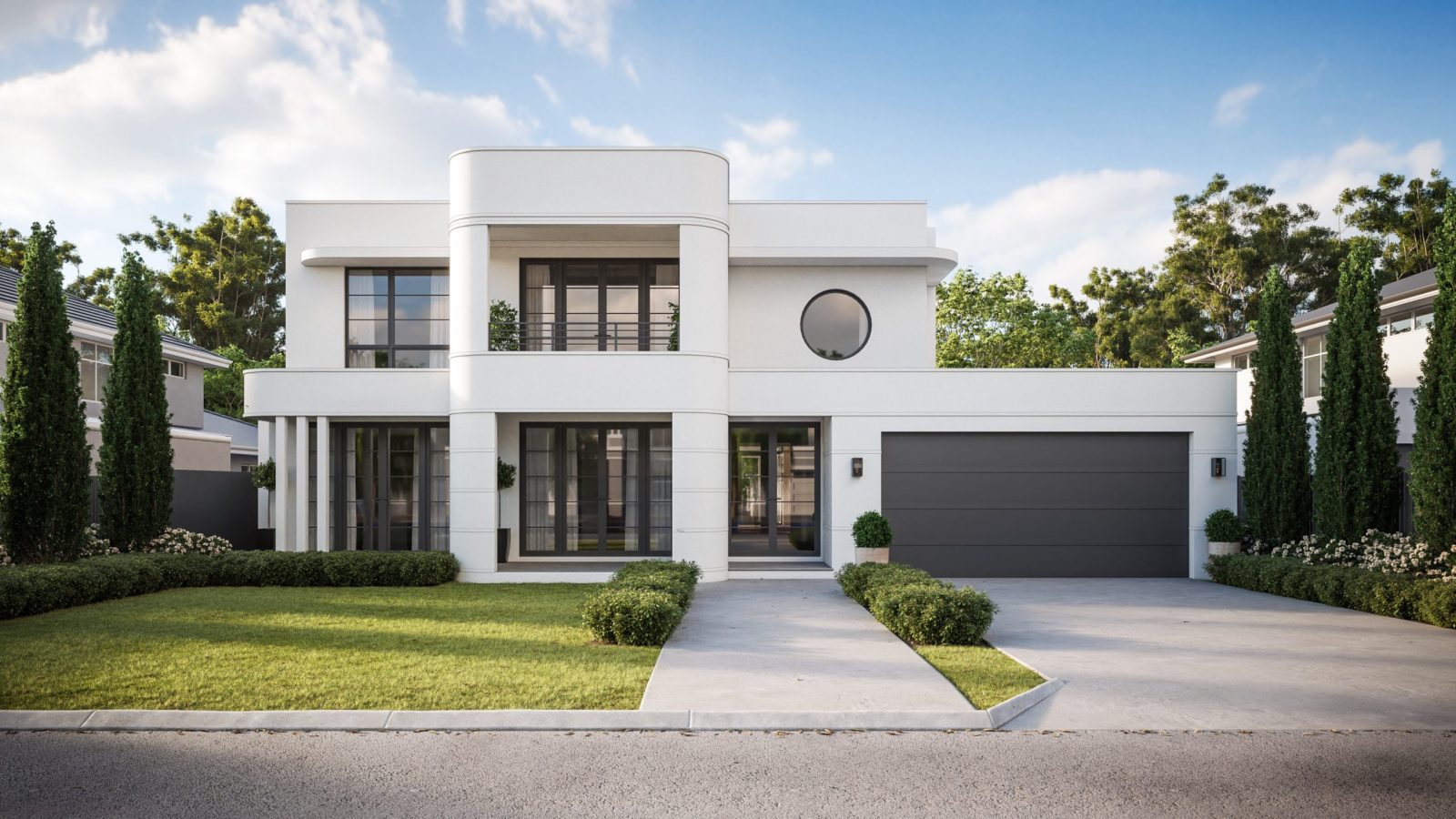In the Media: Look upon your home as an artwork

Date: Saturday 23 March 2024
Source: The West Australian
Journalist: Madelin Hayes
Step into the glamour of a bygone era with the art deco style, characterised by geometric shapes, finely detailed finishes and modernistic forms.
According to Oswald Homes Senior Designer Michal Kurtis, the art deco movement started to evolve in the early 1910s, becoming very popular by the 1920s and 1930s in art, graphic design and architecture.
“Art deco is very recognisable with its characteristic sleek and styled forms, sharp edges and machine – or industrial – aesthetic,” he said.
“This is what makes it so different from the previous art nouveau style, which was full of references to nature with softer curves and patterns.”
Whether it be an oceanic porthole window or parapet walls, Mr Kurtis said there were various ways to incorporate some Roaring 20s glitz into a home design.
“Keep the design simple with strong lines – either vertical or horizontal – and repeat the elements you create throughout the design without variation to create a holistic product,” he said. “Incorporate subtle curves and/or simple elegant lines to accentuate long clean lines.
“Think of an industrial aesthetic – pared back and simplified to express and celebrate the structure.
“Treat it as an artwork.”
Inject this dynamic style further with rich materials and boldly defined styling choices.
“For the facade, a lot of materials could be considered, including industrial concrete, glass and steel,” Mr Kurtis said. “Internally, integrate timber glass and steel. “Styling and decor choices are often simple with strong, straight lines and curves – functional but always crafted, so they look like an expensive piece of artwork.”
Reflecting the romance of the early 20th century, Mr Kurtis said a lot of Oswald Homes’ designs – such as the Waldorf, Astoria, Saint Germain, La Fayette and Raffles – were inspired by famous art deco buildings, including the Chrysler Building and the Empire State Building in New York.
“Many suburbs in Perth still have homes which are an amazing example of this style such as Nedlands, Applecross, Mount Lawley, Claremont and Cottesloe,” he said.


